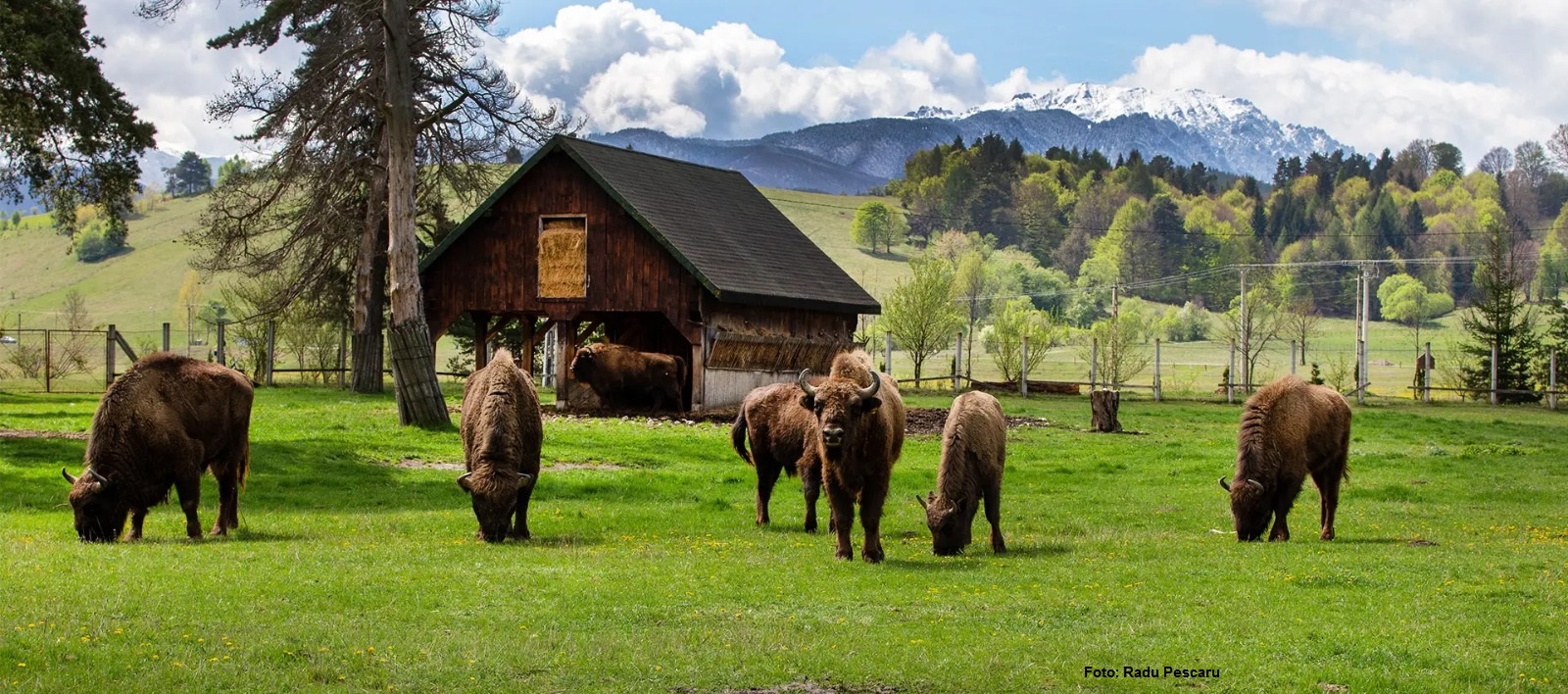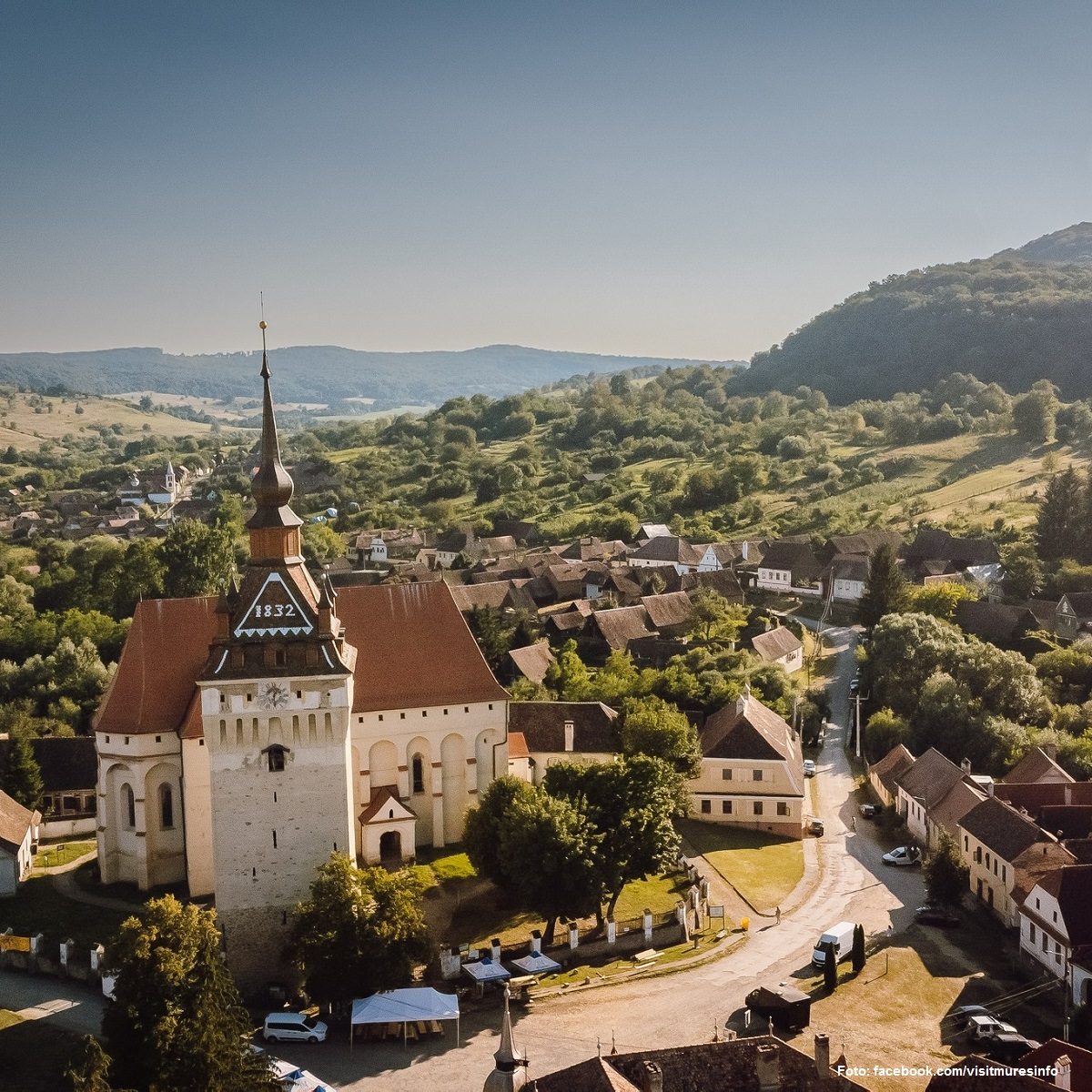The county of Bistrita-Nasaud is an area that inspired many legends.
Today's edition of Traveler's Guide is intended at discovering some of these places, where nature, people and traditions provide the ideal place for a holiday.
Warning: Trying to access array offset on null in /home/web/rri.ro/public/wp-content/themes/rri/template-parts/content.php on line 53

Warning: Trying to access array offset on null in /home/web/rri.ro/public/wp-content/themes/rri/template-parts/content.php on line 98
Daniel Onea,
16.06.2016, 14:43
The legend of Dracula is linked to this area, in Transylvania, which many find fascinating. The writer of the novel has provided fairly accurate descriptions of the city of Bistrita and Bargau Pass. Well follow the Counts trail in the county seat, the town of Bistrita. It is a quiet town at the foot of Bargau Mountains, a commercial crossroads.
It is used to be a contested area, which explains why by 1465 the town had no less than 18 towers manned by the citys guilds. The development of the town subsequently explains why it boasts so many architectural monuments. The most impressive of them is the Gothic church, with its imposing 75-meter tower. Close by is the Golden Crown hotel. Liliana Hobinca, manager of the four star hotel, told us why people have been coming here for the last 42 years:
Liliana Hobinca: “This is a landmark in Bistrita county. In the foyer we have the Jonathan Harper salon. It was opened upon the 100th anniversary of the publishing of the Dracula novel, named after the main character. We have tourists from all areas, Spain, Austria, Germany, Italy, the United States. They crowd here on Halloween. You are eagerly expected here, to see the tourist spots and spend a holiday in our hotel.”
Most tourists head to the Bargau Mountains after visiting the town. They can admire there sights of a rare beauty, and the accommodation is excellent. In addition to enjoying the sights, tourists can also enjoy authentic Romanian traditions. The Bargau Pass is the most famous of these spots, linking Transylvania to Moldavia. Ana Maria Muscar, manager of the Hotel Dracula Castle, invited us there.
Ana Maria Muscar: “We are lying at 1,116 meters, in the famous Bargau Pass. We are one of the most important tourist objectives in Bistrita, one of the most sought after. We have diversified our offer, making it more attractive for tourists. Our hotel caters to a specific segment of tourists, those who love Draculas legend, and in addition we also cater to business clients and tourists who come just for the weekend. The hotel wishes to be an embodiment of Bram Stokers novel. It is an imposing structure, with battlements, lots of stone and lots of natural elements. We used a lot of red and black for the interior decoration, with lots of dragon images.”
Once you have booked your room, you can start exploring, and, according to Ana Maria Muscar, it is advisable to follow the trail described in the novel Dracula:
Ana Maria Muscar: “There are two major attractions in our castle. One of them is Count Dracula’s vault, and the other one, which was built more recently, is Count Dracula’s tunnel. It is a route, several tens of meters long, which ends at the Count’s vault. Starting from the dim lights and the somber music and ending with a number of special programmes that I’d rather remained a secret, we are trying to create an atmosphere that would delight thrill-seekers. People who suffer from heart conditions or panic attacks are urged not to visit the site. Still, tourist reactions have varied greatly. Some people are better prepared to cope with unexpected sensations, while others get very scared, need a glass of water or of what we call “Count Dracula’s Elixir.” On Halloween and other occasions we organise special theme events. We have large-scale shows, such as vampire theatre shows and fire juggling shows, where we light bonfires and Swedish torches, and Count Dracula himself invites tourists to visit the hotel. And after the shows, we have a Count Dracula Party that lasts until dawn. At the suggestion of the Baron of the House of Dracula, the late Alexandru Misiuga, we had a bust of writer Bram Stoker sculpted and placed in front of the hotel. It was Stoker’s first bust in the world, and it was unveiled on the writer’s anniversary in 2006.”
An area of breath-taking beauty in wintertime as well, the Tihuţa region is also a meeting place for mountain lovers and offers excellent winter sport facilities. A great example in this respect is the resort of Colibiţa, dubbed by locals “the seaside in the mountains.” Located at a 900 m altitude, the village of Colibiţa is the gateway into Calimani Mountains. The main attraction of the region is an artificial lake placed in the middle of the plateau. Nearly 2% of the Călimani Nature Reserve is located within the village. Here is Ana Maria Muscar with more details about the region.
Ana Maria Muscar: “The Bârgău Gorge is one of the most important gorges in Romania. An old Roman road, covered with stone slabs, crosses the region. At present it is known as Maria Teresa Road. Every year a large-scale sports competition is organized here, and substantial prizes are offered. Cross-country skiing competitions are also held in Tihuţa, and so are winter and summer camps for athletes. The hiking trails in the area are well maintained and we have excellent mountain guides. The water of a spring here is believed to have miraculous therapeutic properties. But beyond all these, it is a region with outstanding landscapes, which is worth visiting in any season.”
So we invite you to Bistriţa-Năsăud County, in the footsteps of Count Dracula. And don’t forget, if you enter Radio Romania’s quiz, you will have the chance to be our guests in the second half of September.






























